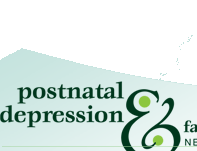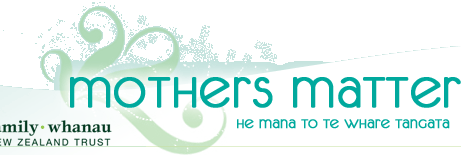 |

OBSESSIVE-COMPULSIVE DISORDER (OCD)
In the postnatal period
- Investigate whether obsessions or compulsions incorporate the baby.
- Rituals may take the mother away from responding to the baby when needed or may actually involve the baby.
- For example, fear of contamination may result in excessive cleaning of babys ears, nose etc or may mean babys mobility is restricted.
- There is often a lot of shame about OCD obsessions and rituals and therefore they can be difficult to assess, as they are not always disclosed.
- Mothers are often fearful the baby may be taken away from them (this fear may be present with regards to any postnatal psychiatric disorder).
- OCD is usually treated with medications with a strong serotonergic action i.e., the SSRIs or Clomipramine.
- Often the dose of an SSRI needs to be in the higher range eg 60-80mg fluoxetine, 40-60mg citalopram or paroxetine.
- Paradoxically one often needs to start slow and low because of the sensitivity to side effects in many with prominent anxiety features.
See information for women on Obsessive Compulsive Disorder.
Features of an Obsession
- recurrent and persistent thoughts, impulses, or images
- these intrude into the persons mind even though the person does not wish to have them
- they cause marked anxiety or distress
- the thoughts, impulses, or images are more than excessive worries about real-life problems
- the person attempts to ignore or suppress such thoughts, impulses, or images, or to neutralize them with some other thought or action
- the person recognizes that the obsessional thoughts, impulses, or images result from their own mind (not imposed from without as in thought insertion)
|
Features of a Compulsion
- repetitive behaviours (e.g., hand washing, ordering, checking) or mental acts (e.g., praying, counting, repeating words silently)
- the person feels driven to perform in response to an obsession, or according to rigid rules
- the behaviors or mental acts are aimed at preventing or reducing distress or preventing some dreaded event or situation; however, these behaviors or mental acts either are not connected in a realistic way with what they are designed to neutralize or prevent and are clearly excessive.
|
|
 |






